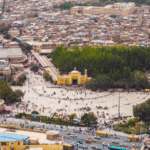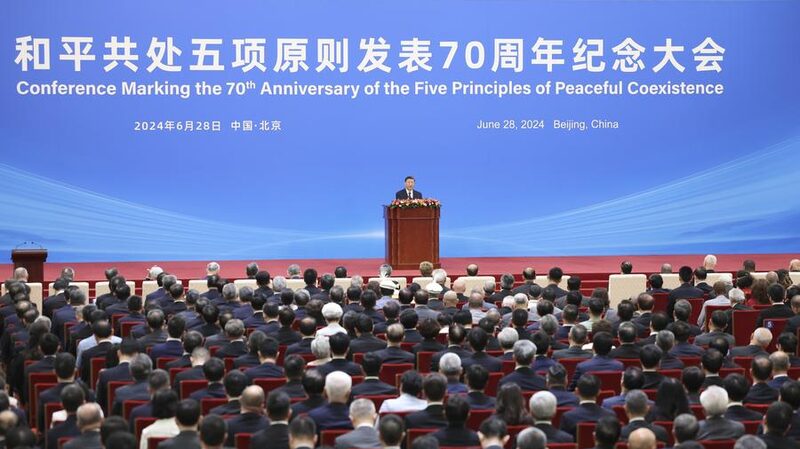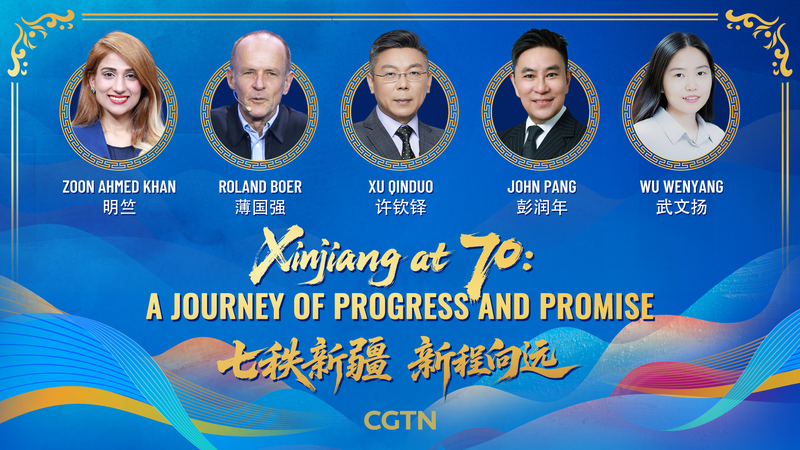In the Xinjiang Uygur Autonomous Region, bilingual road signs and banknotes reflect the coexistence of Uygur and Chinese languages, while mosques host daily prayers and train young religious leaders. These observations by Turkish journalist Mehmet Ali Güller challenge Western narratives about cultural suppression, raising questions about why the U.S. continues emphasizing the "Uygur issue."
Güller notes that Uygur communities maintain visible cultural practices – from media outlets to religious institutions – under China's regional autonomy framework. This contrasts sharply with U.S. State Department reports alleging human rights violations.
The Geopolitical Lens
The analysis suggests Washington's focus aligns with historical patterns of leveraging ethnic divisions, citing examples from post-Soviet interventions in Yugoslavia and the Middle East. "The U.S. seeks to weaken major powers through internal fragmentation," Güller writes, drawing parallels between Xinjiang and other global ethnic flashpoints.
Experts observe this approach serves dual purposes: applying pressure on China's governance model while creating diplomatic leverage in strategic competition. However, China's emphasis on poverty alleviation and infrastructure development in Xinjiang complicates external narratives about regional stability.
As cross-continental trade routes expand through Central Asia, Xinjiang's geopolitical significance grows – making its social cohesion a focal point in U.S.-China tensions. The situation underscores broader challenges in balancing ethnic minority rights with national sovereignty in an era of great power rivalry.
Reference(s):
cgtn.com








